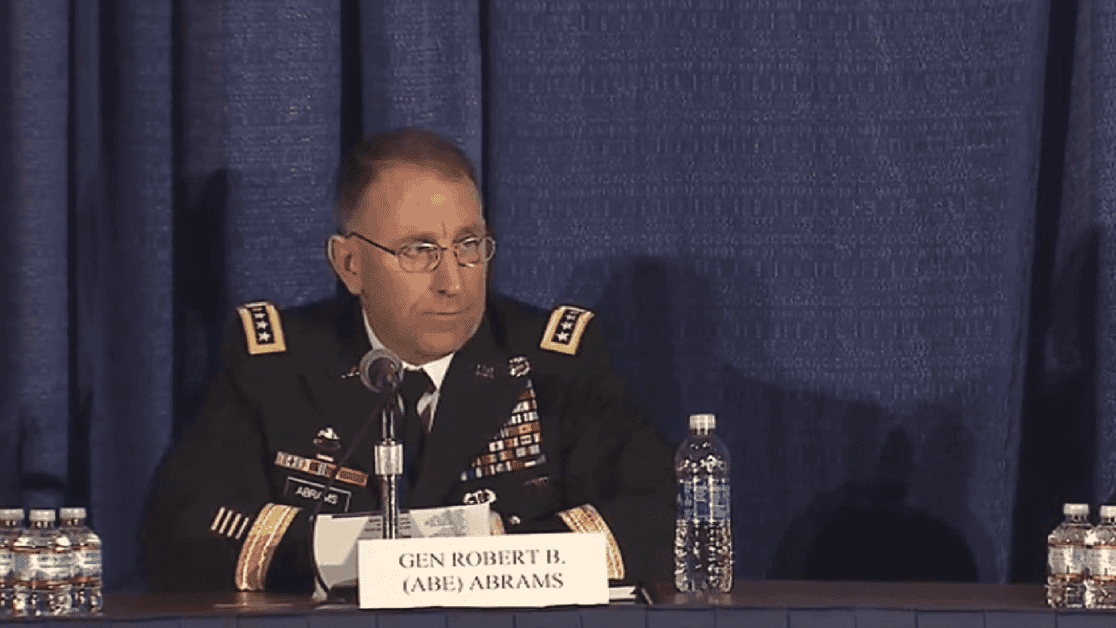Army reports lack of training as biggest setback to readiness

SUMMARY
Earlier this month, the Army's top general in charge of supplying units with troops blamed a lack of readiness on limited time for training, adding that lack of funding isn't the biggest challenge.
Head of Army Forces Command Gen. Robert Abrams said the lack of training stems from lawmakers making policy that commits the service to engagements around the world without an eye toward keeping the force healthy and trained up.
Abrams explained that soldiers were expected to deploy more and have less time home because of downsizing.
"Our goal has always been ... one month gone, two months back," Abrams said, adding that the Army is currently experiencing a ratio of "deploy-to-dwell" that trends closer to one month gone, one month back.
"Our commitments worldwide across the globe in support of our combatant commanders remains at a very high level while we continue to simultaneously downsize the total force," Abrams told an audience at the annual Association of the U.S. Army conference in Washington.
"Our number one constraint for training is time available."
Recent budget cuts have forced the Army to reduce its total active duty soldiers to 450,000 while still meeting its obligations worldwide. As a result, the operational tempo for soldiers is higher and more demanding — ultimately requiring soldiers to train more, for longer periods of time, in addition to more and longer deployments, Army officials say.
"The impact of non-standard missions continues to have a degrading effect across our force in being able to sustain proficiency in combined arms maneuver," Abrams said.
Because soldiers are experiencing a minimal deploy-to-dwell time, there isn't enough time for soldiers to maintain the training the Army requires.
"We struggle today to maintain and meet Department of the Army standards in our critical combat fleets," Abrams explained before highlighting unmet requirements within the Army's aviation and ground fleets. He was quick to explain that in aviation in particular, the problems do not lie with the aviators. The problem stems, instead, with plans to restructure the way the Army finances those fleets, impacting training requirements, upkeep on aircraft, and overall readiness of aviators.
While Abrams was very careful not to blame funding shortfalls for the readiness issues facing the Army, he did not hesitate to blame the readiness of the National Guard in particular on lack of money.
"We've dug ourselves this hole because of funding," Abrams said.
Despite the tough times, Abrams said the Army has made tremendous strides in the last year in terms of readiness and overall capabilities.
"Last year at this exact forum, one of underlying themes was that as an army in terms of our joint war-fighting capabilities, we were pretty rusty," he said. "I'm happy to report today that we have made progress in our ability."
SHARE
